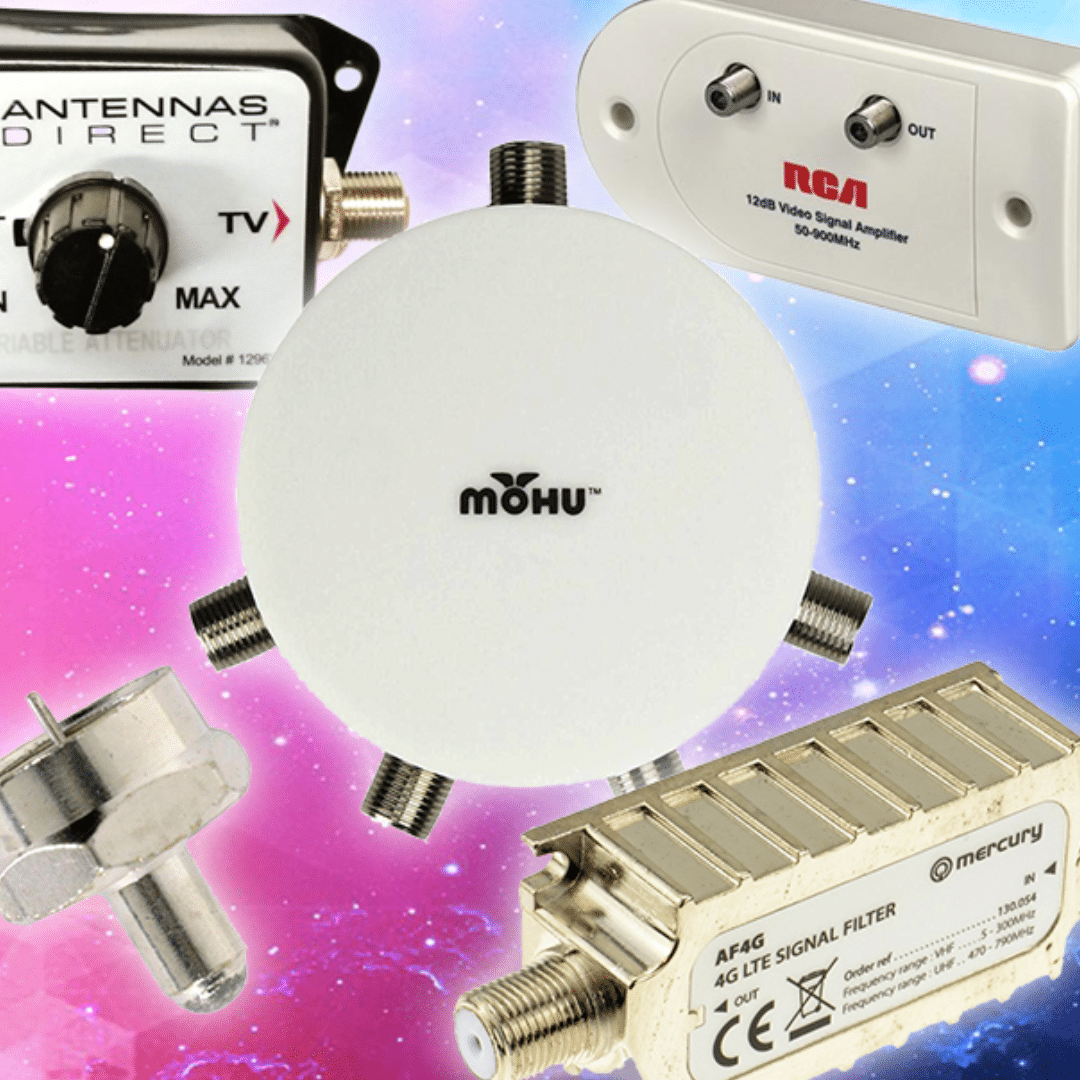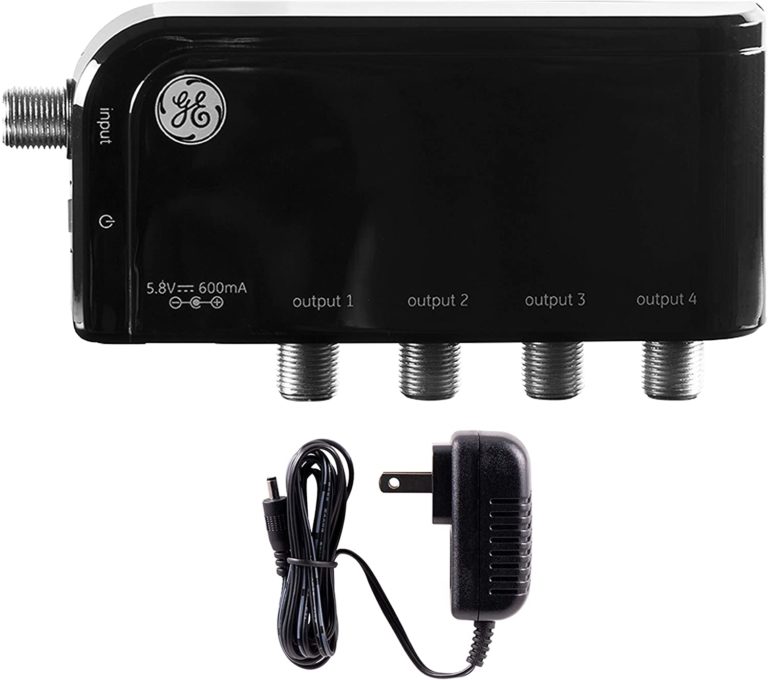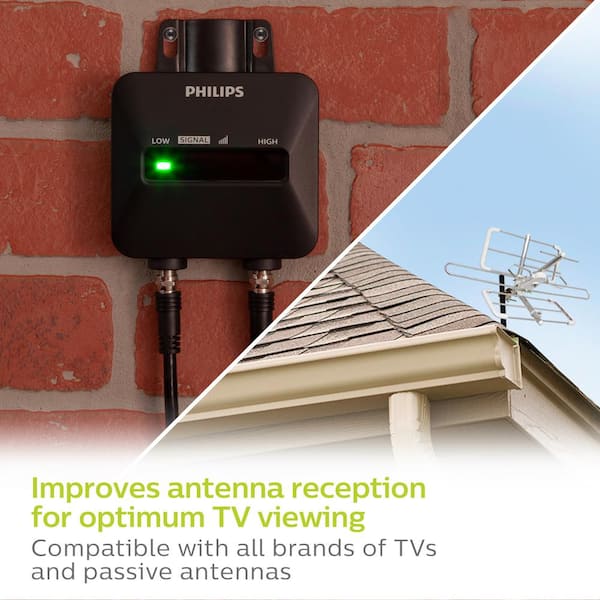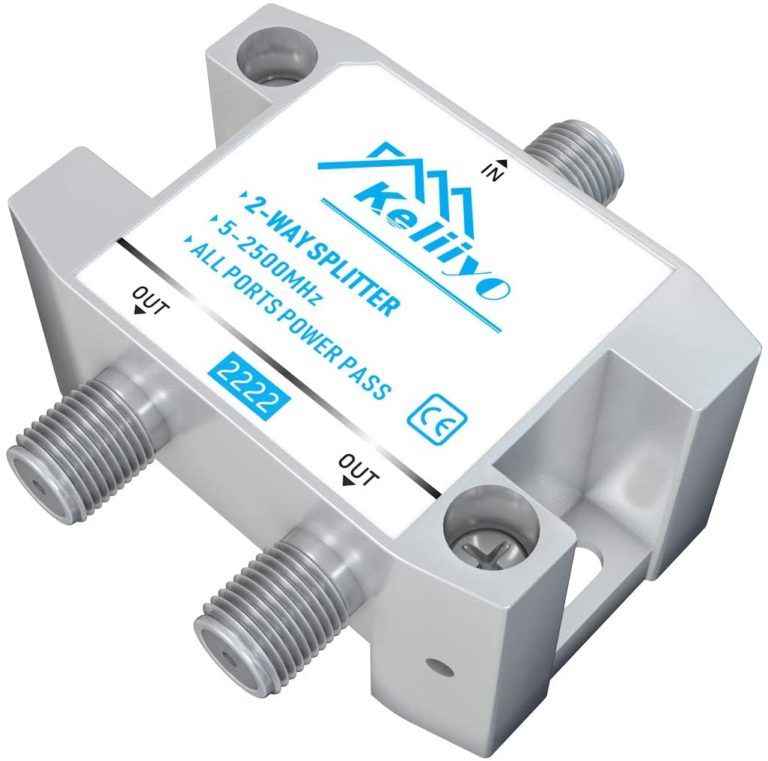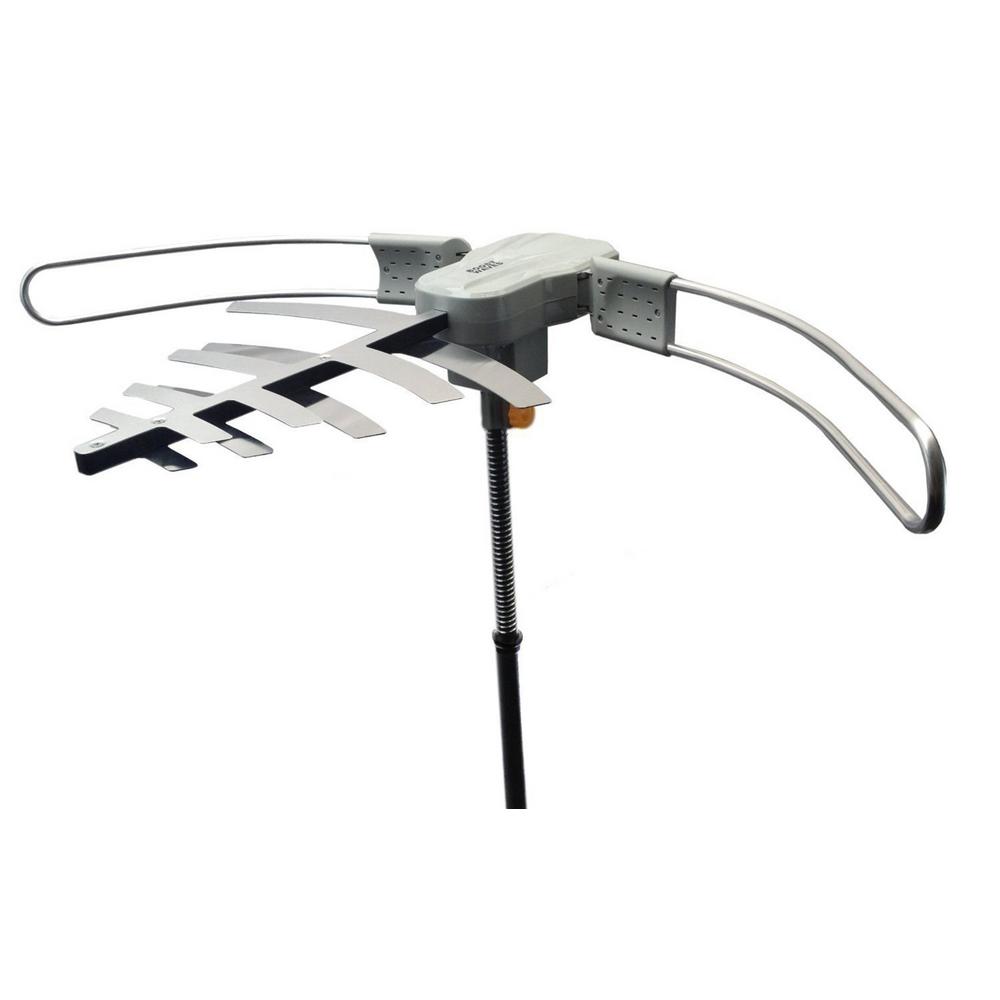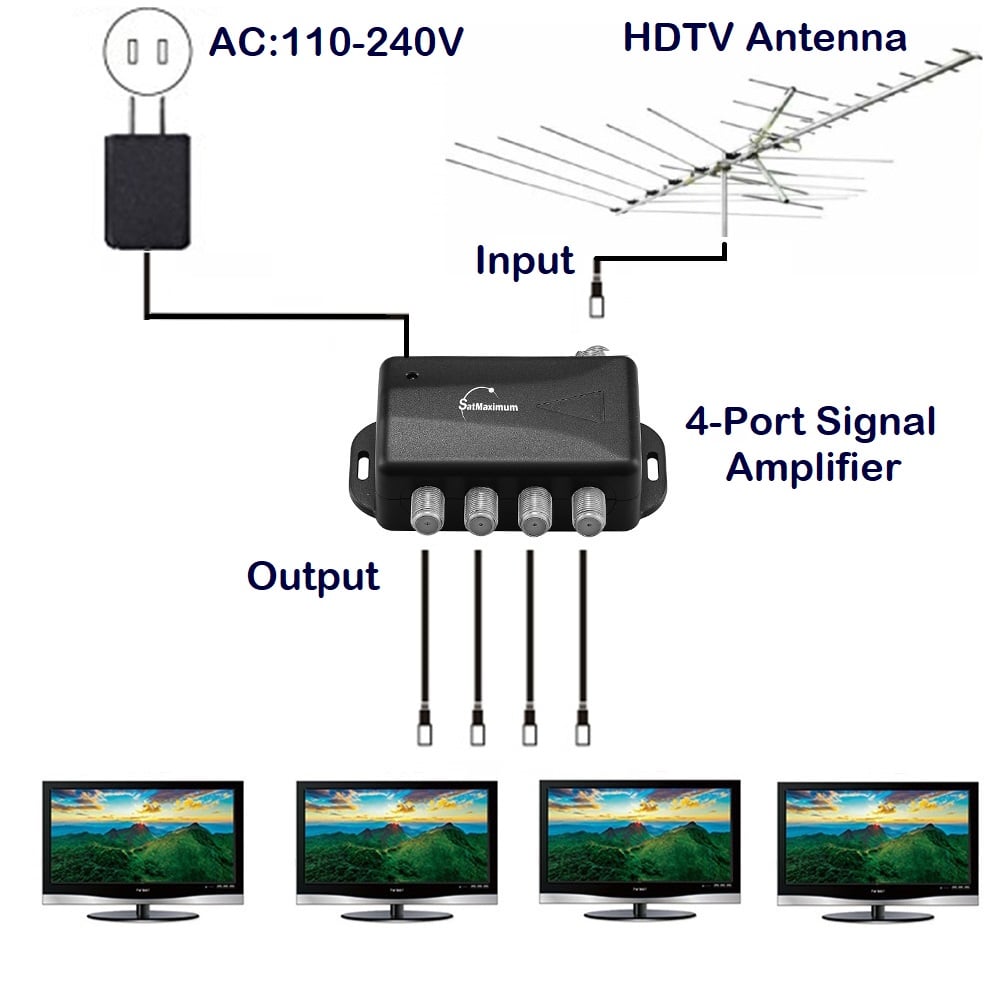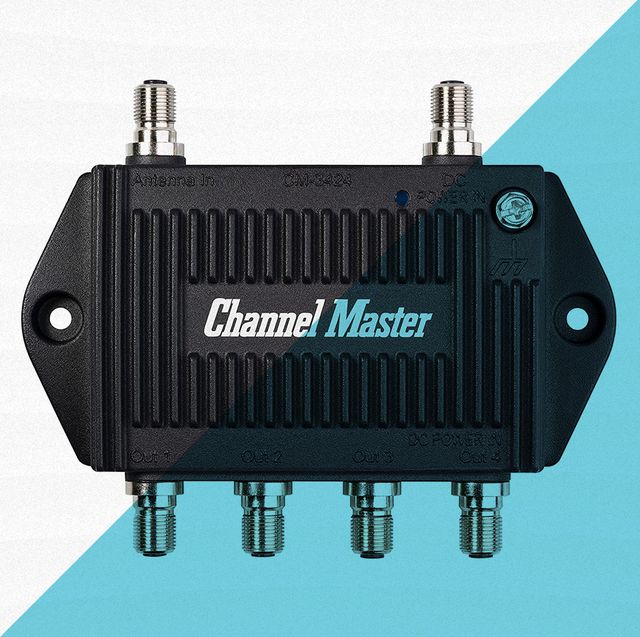Over The Air Tv Signal Amplifier
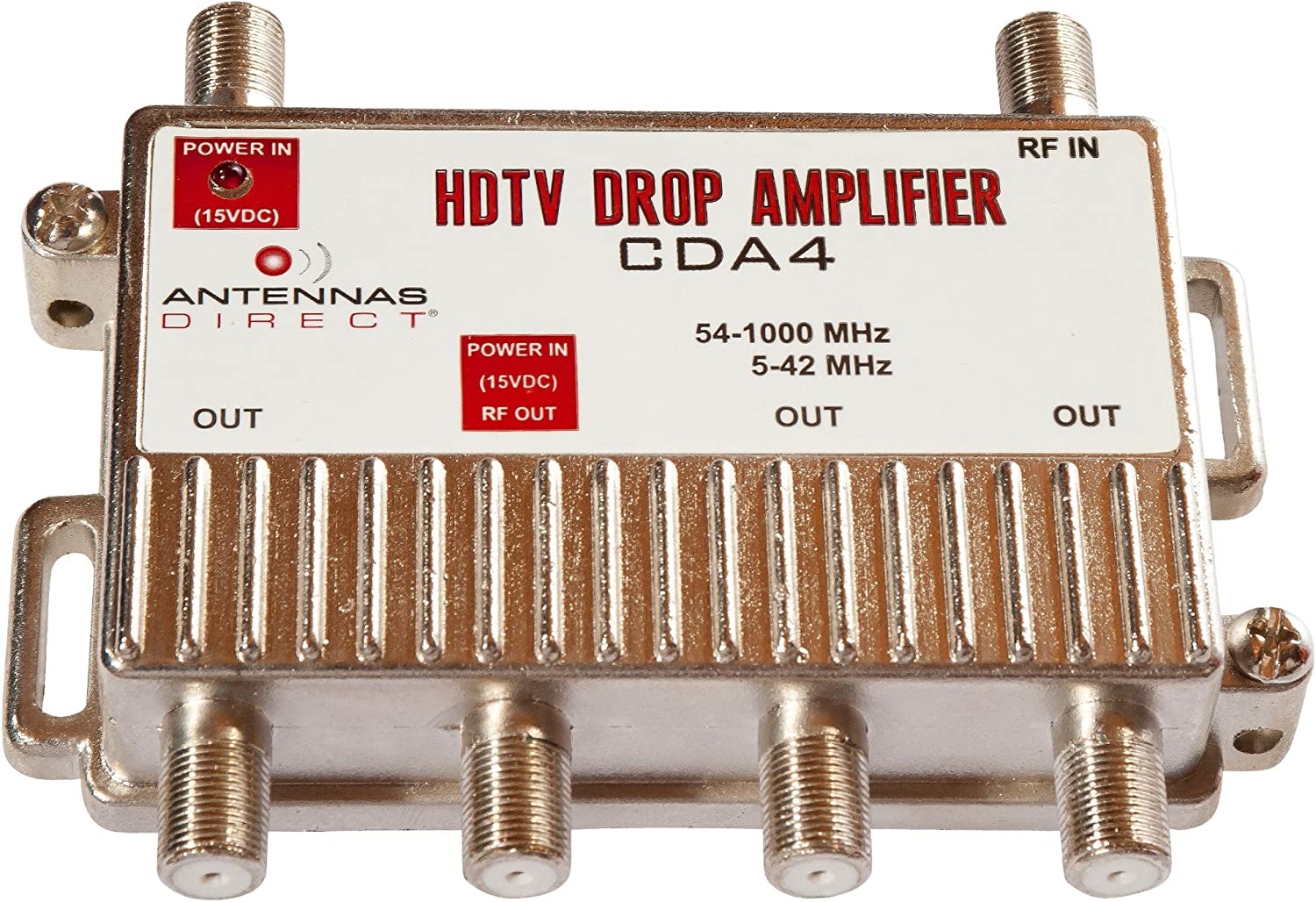
Millions are scrambling as a critical need surges: boosting free, over-the-air (OTA) television signals amid rising cable costs and cord-cutting trends.
A surge in demand for OTA signal amplifiers has been reported nationwide, driven by consumers seeking reliable, cost-effective access to local broadcast channels. These devices promise clearer picture quality and access to more channels without monthly subscription fees.
Amplifier Demand Soars Nationwide
Sales of OTA signal amplifiers have skyrocketed, with major retailers reporting significant increases in the past quarter. Amazon, Best Buy, and Walmart have all confirmed a substantial surge in online and in-store purchases.
This increase coincides with continued cable and satellite subscription cancellations, according to a recent report by Nielsen. The report indicates that over 6.9 million households have cut the cord in the last year alone.
“We’ve seen a 300% increase in amplifier sales compared to last year,” stated a representative from Best Buy. “Customers are clearly looking for alternatives to expensive cable packages.”
Why the Sudden Interest in OTA Amplifiers?
The primary driver is cost. The average cable bill now exceeds $100 per month, pushing consumers to explore free alternatives like OTA television.
An OTA amplifier, typically costing between $20 and $100, can significantly improve signal reception for those using antennas. This means clearer pictures and access to more channels without ongoing fees.
Additionally, the increasing availability of high-quality digital antennas has made OTA television a more attractive option. Many modern antennas are designed to work seamlessly with amplifiers for optimal performance.
How OTA Amplifiers Work
OTA amplifiers boost the signal strength of television broadcasts received through an antenna. This counteracts signal degradation caused by distance from broadcast towers, interference, or obstructions.
The device is typically connected between the antenna and the television. It strengthens the signal before it reaches the TV’s tuner, improving picture quality and channel availability.
Important: Not all amplifiers are created equal. Factors like gain, noise figure, and frequency range can significantly affect performance.
Who Benefits Most?
Those living in rural areas or far from broadcast towers stand to gain the most from using an OTA amplifier. Signal strength tends to diminish with distance, making amplification crucial for reliable reception.
Residents in urban areas with dense construction or significant interference can also benefit. Amplifiers help overcome obstacles that weaken OTA signals.
However, individuals already receiving a strong and clear signal may not see a noticeable improvement. In some cases, over-amplification can actually degrade picture quality.
Choosing the Right Amplifier
Selecting the appropriate amplifier depends on several factors, including distance from broadcast towers and antenna type. Consulting online resources and reviews is crucial.
Consumers should look for amplifiers with a low noise figure and a suitable gain range. Over-amplification can introduce unwanted noise and distortion.
Many websites and online communities offer detailed guides and comparisons of different OTA amplifiers. Reputable brands include Winegard, Channel Master, and Antennas Direct.
Installation and Setup
Installing an OTA amplifier is generally straightforward, but proper placement and connections are essential. Most amplifiers come with detailed instructions.
Positioning the amplifier as close to the antenna as possible minimizes signal loss. Ensuring all connections are secure and weather-protected is also crucial.
Some amplifiers require an external power source, while others can be powered directly through the coaxial cable. Consult the manufacturer’s instructions for specific guidance.
Potential Issues and Troubleshooting
While amplifiers generally improve signal reception, they can sometimes cause problems. Over-amplification, interference, or faulty connections can lead to issues.
If experiencing problems, try adjusting the amplifier’s gain settings or repositioning the antenna. Consulting online forums and troubleshooting guides can also be helpful.
Note: In some cases, external factors like weather conditions or construction activity can temporarily affect OTA signal reception.
Looking Ahead
The surge in demand for OTA amplifiers is expected to continue as consumers seek affordable television options. Manufacturers are responding with new and improved amplifier designs.
The FCC is also closely monitoring the OTA landscape to ensure fair access to broadcast channels. Consumers are encouraged to report any signal interference issues.
Expect further developments in antenna and amplifier technology as the demand for free, over-the-air television continues to grow.

